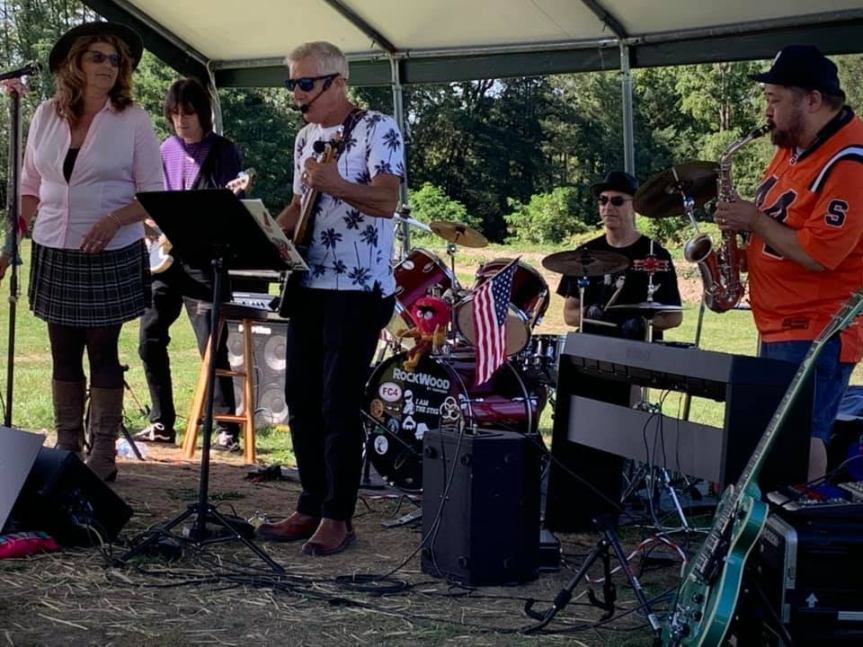As I write this, we're already a few days into 2024. I hope everyone had a happy, festive, and safe holiday -- whatever holiday you celebrate -- as well as an equally festive New Year's celebration. For me, personally, New Year's Eve was a quiet evening in my living room along with my wife, and New Year's … Continue reading Goals for 2024
Category: Extracurricular activities
Our user group is having a picnic on July 23! And you’re invited! @CASSUG_Albany #SQLFamily #Networking
On Sunday, July 23, CASSUG is having a picnic, in lieu of our monthly meeting! We'll be cooking out and hanging out at Colonie Mohawk River Park! (Click here for a downloadable PDF park map!) We will be at pavilion #1 (note: it's marked as 11 on the park map! Just to add to the … Continue reading Our user group is having a picnic on July 23! And you’re invited! @CASSUG_Albany #SQLFamily #Networking
My first robotics competition
Last Saturday, I had an opportunity to attend my first robotics competition! The opportunity came up when my friend Andy Levy came to town with his team for a competition! Andy wrote a couple of 'blog articles about his robotics experience; you can read them here and here! It was a fun time, and I … Continue reading My first robotics competition
Hey #SQLFamily, who would be up for a #SQLJamSession? #PASSDataCommunitySummit #Networking #Activities
When I saw Steve Jones at New Jersey SQL Saturday earlier this year, I made him a promise. Steve knows that I'm into music. He said he wanted to hear me play sometime. I told him, "if you can find me a piano at PASS Summit, I'll play!" The other day, Steve posted a 'blog … Continue reading Hey #SQLFamily, who would be up for a #SQLJamSession? #PASSDataCommunitySummit #Networking #Activities
Make time for your art
This pic above showed up in a Facebook meme, and it spoke volumes to me. To sum up my thoughts in only a few words, I'm an artist. Okay, I suppose some context is in order; after all, I am writing this as a 'blog article. For the benefit of those of you who don't … Continue reading Make time for your art
The joys and benefits of volunteering
This afternoon, I took part in an STC panel discussion about volunteering -- how to volunteer, where opportunities exist, and so on. (A recording of the webinar will be made available; once it is, I'll post a link to it.) Those of you who know me well know how involved I've been with volunteering. To … Continue reading The joys and benefits of volunteering
Support your local artists
A little while ago, a friend of mine from high school sent me a message (along with a link) saying that his band was scheduled to perform a gig pretty much in my own backyard. I added his gig date to my calendar, and I will make the effort to attend. I have to admit … Continue reading Support your local artists
Getting my music heard
As some of you may know, when I'm not coming up with ideas for professional development 'blogs, I'm a musician on the side. I'm a classically-trained pianist, and I also play the clarinet, saxophone, and mallet percussion instruments as well. I perform in a large symphonic concert band, I accompany a local church choir, I … Continue reading Getting my music heard
The #Coronavirus chronicles, part 26: The evolution of emergency services — #EMS #EMT #Paramedic #Television #COVID19
As a result of the COVID-19 pandemic, I've been spending a lot of time -- probably too much time -- at home. As such, one of the pitfalls is that I'm probably watching way too much TV. Yes, I know, I really need to get out of the house more. With that, one of my … Continue reading The #Coronavirus chronicles, part 26: The evolution of emergency services — #EMS #EMT #Paramedic #Television #COVID19
The #Coronavirus chronicles, part 24: Coping with the stress #COVID19
I'm not going to lie. The mental stress of being out of a job (ten months, and counting) is affecting me in many ways. I'll talk about the mental stress (which is what this article is mostly about) in a minute, but before I get into that, let me talk about something that has been … Continue reading The #Coronavirus chronicles, part 24: Coping with the stress #COVID19




